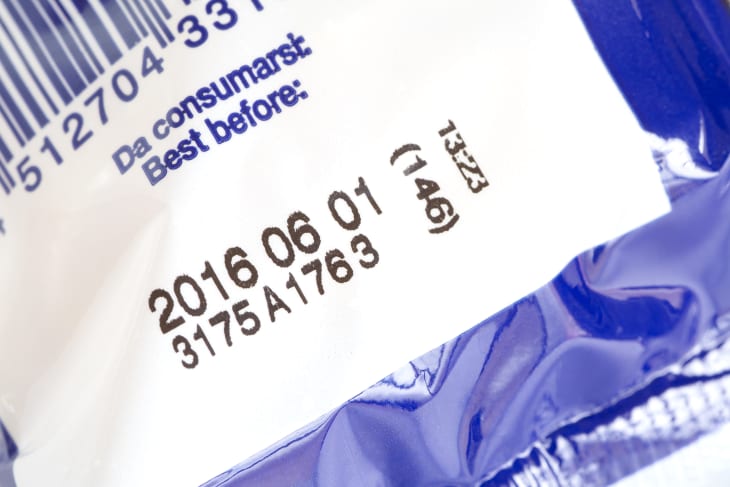Safe to Eat? Food Labels Are Finally Getting Easier to Understand.
If you’ve looked at the date label on food packaging and asked yourself what exactly “best by” means, you’re not alone. It’s confusing! There’s a lot of guesswork when it comes to the date plastered on food packaging and, more often than not, it leaves it to the shopper’s discretion to decide whether a food is safe for consumption.
Currently, there are over 10 phrases for food labels: sell by, use by, expires on, best before, better if used by, best by, best when used by, enjoy by, fresh until, use or freeze by. But now, two food industry groups propose narrowing down the list of labels to two standardized options: best if used by and use by.
That sounds much easier, doesn’t it?
What Will the New Food Labels Mean?
The Grocery Manufacturers Association and the Food Marketing Institute say “best if used by” should be applied to products that may taste different but don’t pose any safety issues in consuming. This would most likely apply to non-perishables. They advise the “use by” label for items that are a safety hazard when left unused by a certain date. This would apply mostly to perishables like meats and cheeses.
“We want to encourage a consistent vocabulary so that our customers clearly understand that they are purchasing products that are of the highest quality and safety possible,” Leslie G. Sarasin, CEO of the Food Marketing Institute, says in a statement.
What Are the Benefits of New Food Labels?
The benefits of the new guidelines are four-fold: they offer shoppers more clarity, save consumers money since they won’t prematurely toss out food, curb food waste, and are better for the environment.
In 2013, the Natural Resources Defense Council and Harvard University discovered that Americans toss out billions of pounds of food on an annual basis due to expiration date labels. The study also concluded that 91 percent of Americans may throw out well before their expiration date because they “misinterpret” labels. But with the new labels, the groups expect food waste in the nation to decrease by 8 percent.
With 44 percent of food in landfills coming from consumers, the new policy could have an environmental impact as well. Discarded food not only takes up space in landfills but also contributes to the greenhouse gas emissions, reports The Washington Post.
“Clarifying and standardizing date label language is one of the most cost-effective ways that we can reduce the 40 percent of food that goes to waste each year in the United States,” says Emily Broad Leib, director of Harvard Law School’s Food Law and Policy Clinic (FLPC).
The initiative — backed by Walmart, Wakefern Food, Dean Foods, and the FLPC — hopes grocers and food makers voluntarily opt in by summer 2018 for “widespread adoption” of standard wording.
Read More
- Do Expiration Dates Really Matter?
Things We Already Knew: Expiration Dates Deemed Subjective
- Sniff Test vs. Expiration Date: Which One to Trust?
- Throw Away Expired Food? Not So Fast.
